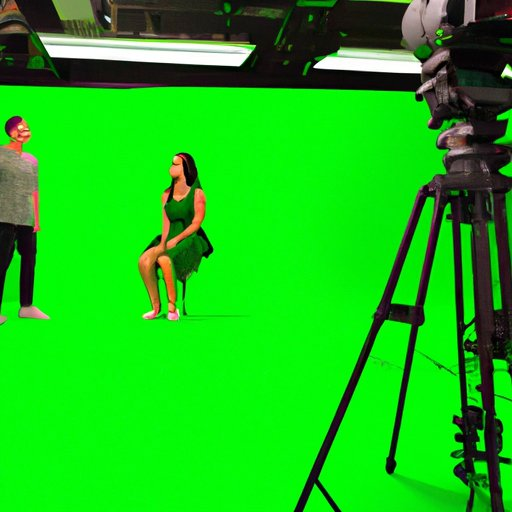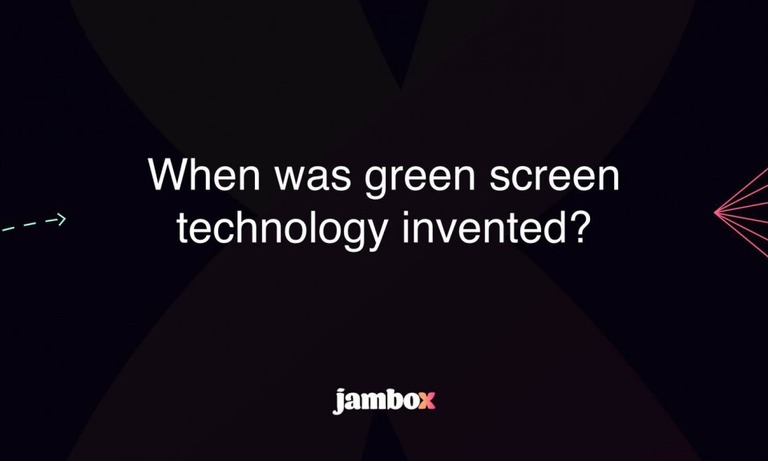
Green screen technology, also known as chroma key compositing, has revolutionized the film and television industry by allowing filmmakers to superimpose subjects onto virtual backgrounds, creating immersive environments without the need for physical sets. This technique has evolved significantly over the past century, from rudimentary beginnings to the sophisticated digital processes used today.
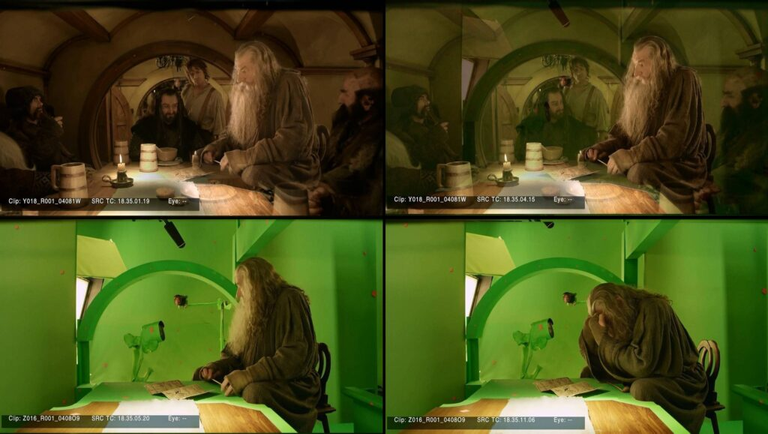
Early Innovations: The Birth of Compositing Techniques
The journey of green screen technology began in the late 19th century with the pioneering work of George Albert Smith. In 1898, Smith experimented with double exposure techniques, using black cloth as a backdrop to replace parts of images, effectively laying the groundwork for future compositing methods. This approach was further advanced in 1903 when Edwin S. Porter utilized similar techniques in the groundbreaking film "The Great Train Robbery," employing double exposure to add background scenes to windows that appeared black during initial filming.
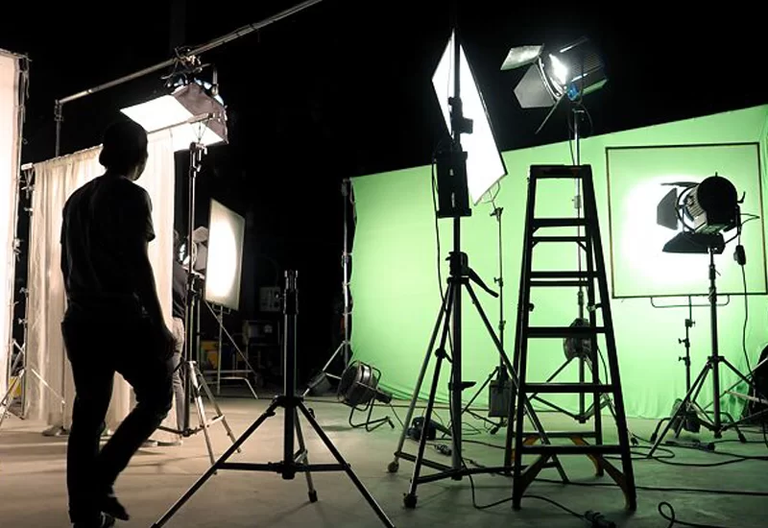
The Advent of Blue Screen: A Milestone in Visual Effects
The 1930s marked a significant milestone with the development of the blue screen technique at RKO Radio Pictures. This method involved filming actors against a blue backdrop, which could later be replaced with different backgrounds through optical printing. A notable application of this technique was in the 1940 film "The Thief of Bagdad," where a scene featuring a genie escaping from a bottle showcased the potential of blue screen technology in creating fantastical visual effects.

Transition to Green Screen: Embracing Digital Advancements
With the advent of digital filmmaking and television production, green screens became more prevalent due to their compatibility with digital sensors and reduced risk of color spill onto subjects. The 1980s saw a surge in the use of green screen technology, propelled by advancements in affordable computer graphics. Innovators like Richard Edlund played a pivotal role during this era; for "The Empire Strikes Back," Edlund developed a quad-optical printer capable of seamlessly combining images from multiple reels, streamlining the compositing process and reducing costs.
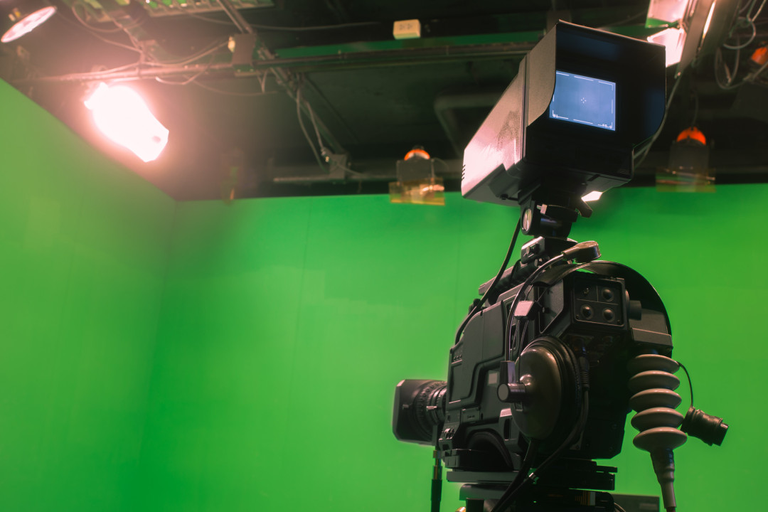
Modern Applications: Beyond Traditional Filmmaking
Today, green screen technology is ubiquitous across various media platforms, extending beyond traditional filmmaking into realms such as virtual production, live broadcasting, and even user-generated content. The technique enables real-time keying, CGI integration, and seamless background replacement, allowing creators to construct intricate worlds without leaving the studio. This evolution has democratized visual storytelling, empowering independent filmmakers and content creators to produce high-quality visuals that were once exclusive to major studios.
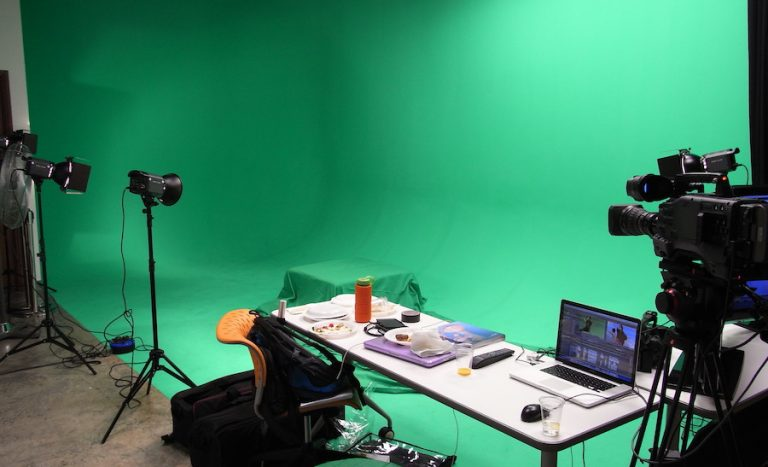
Challenges and Innovations: Navigating Modern Complexities
Despite its widespread adoption, green screen technology presents unique challenges, particularly when subjects share similar hues with the backdrop. A notable example is the production of the film adaptation of the musical "Wicked," where the protagonist's green skin posed difficulties in utilizing traditional green screens. To address this, filmmakers reverted to blue screen technology and employed innovative lighting techniques to maintain visual consistency, highlighting the ongoing need for adaptability and creativity in visual effects.
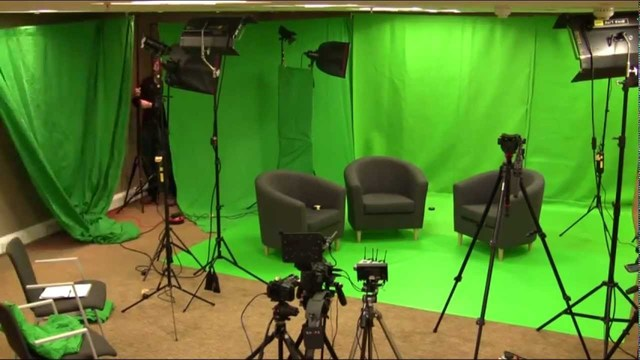
The Future of Green Screen Technology: Integrating Virtual Production
The evolution of green screen technology continues as the industry explores virtual production techniques that blend live-action footage with real-time computer-generated environments. These advancements offer filmmakers unprecedented control and flexibility, allowing for more dynamic storytelling and immersive viewer experiences. As technology progresses, green screen compositing remains a cornerstone of visual effects, continually adapting to meet the creative demands of modern cinema.

In conclusion, from its inception with double exposure techniques to the sophisticated digital compositing of today, green screen technology has transformed the landscape of visual storytelling. Its evolution reflects the industry's relentless pursuit of innovation, enabling filmmakers to transcend the limitations of physical space and bring imaginative worlds to life on screen.
